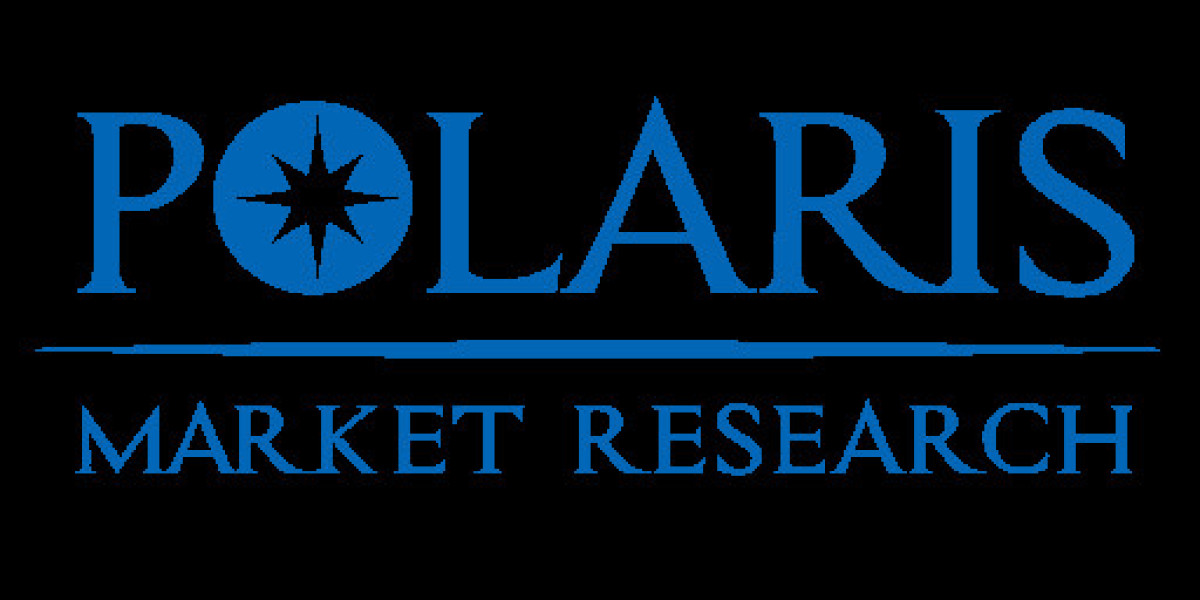In 2024, the global Age-related Macular Degeneration (AMD) market is assumed at USD 11.79 billion, with an anticipated CAGR of 8.0 % during the forecast window. While that topline growth signals robust demand, the real value lies in how differentiated segments—by product type, disease subtype, delivery route, or end user—are evolving unevenly. A segmentation lens reveals which product classes are becoming premium growth drivers, how application-specific demand is shifting, and how value chain optimization is redefining returns.
Within product type segmentation, anti-VEGF biologics remain the lion’s share bearer even today, capturing the lion’s share of revenue due to entrenched usage in wet-AMD and stronger reimbursement. According to external reports, anti-VEGF accounted for ~78.5 % of global AMD drug revenue in 2024. However, novel modalities are gaining ground: pipeline gene therapies (e.g. one-time gene delivery targeting VEGF), complement inhibitors (for geographic atrophy), and sustained release implants are attracting premium valuation. The value chain is optimizing toward fewer injections, better durability, and lower delivery burden. That product differentiation means higher per-patient yield and potentially higher margins. In disease subtype segmentation, wet-AMD continues to dominate in drug spend, but rising emphasis on dry-AMD and geographic atrophy (GA) is shifting capital lines. As companies bring forward late-stage assets for atrophic AMD, we’ll see growth in formerly neglected segments. The dry AMD submarket itself demonstrates robust growth in nutrition, oral agents, supplement adjuncts, and injectables—some reports estimate the dry AMD market could reach USD 10.57 billion by 2032. Route of administration segmentation is also critical: the traditional intravitreal injection remains prevalent, but sustained release (implants, depot systems) and gene therapy vectors are poised to disrupt frequency-based billing models. That alters value chain cost structure (manufacturing, cold chain, delivery devices) and could compress margins if not managed. In end-user segmentation, hospitals and retina specialist clinics remain primary, but diagnostic centers, ambulatory surgical centers, and tele-ophthalmology hubs are rising in importance, especially in mature markets. That shift demands firms optimize channel mix, distribution costs, and reimbursement outlays per segment.
Across these segments, drivers include the need for more convenient delivery, differentiation pressure from biosimilars, demand shifts toward preventive screening and early intervention, and downstream value chain optimization (including logistics, cold chain, device integration). Restraints are segment-specific: in novel gene therapies, regulatory uncertainty and long-term safety data slow adoption; in sustained release devices, complexity of formulation and manufacturing scale can inflate costs; in dry AMD supplements, clinical efficacy remains variable and payers may limit reimbursement. Opportunities reside in segment-wise performance optimization—targeting high-yield segments such as gene therapy, implantable devices, and GA therapy, while leveraging lower-cost biologics in mature segments. Also, companies that can vertically integrate across manufacturing, diagnostics, and distribution will capture greater value in segmental chains. Trends to watch include bundling of diagnostic, therapeutic, and monitoring services, segment-based pricing (differentiated per application or patient risk), and consolidation in segments as bigger firms acquire niche innovators in particular product domains.
Read More @ https://www.polarismarketresearch.com/industry-analysis/global-age-related-macular-degeneration-amd-market
Specifically, the innovation trajectory is clear: the highest growth segments will be gene therapies and sustained release implants, where per-treatment revenue is multiples of conventional injection regimens. Market players are investing heavily in pipeline differentiation in those domains. Demand shifts are evident: in developed markets, patients and payers demand fewer clinic visits and more durable solutions; in emerging markets, price sensitivity pushes biologic biosimilars. Pricing elasticity will diverge by segment—gene therapies can command premium, while basic biologics must compete on cost per dose. From a value chain optimization perspective, firms are leaning toward integrated supply networks, in-house device manufacturing, and partnering with diagnostic imaging firms to create bundled offerings.
Given this segmentation stratification, the competitive landscape is also segment-aligned. The major global market holders who possess breadth across segments include:
- F. Hoffmann-La Roche Ltd.
- Regeneron Pharmaceuticals Inc.
- Novartis AG
- Apellis Pharmaceuticals, Inc.
- Astellas Pharma Inc.
These players are actively reallocating R&D and commercial resources segment-wise: acquiring innovative niche firms for gene therapy, forming alliances for implant technologies, and optimizing cost per dose in biologic areas. As the AMD market compounds at around 8.0 % CAGR, companies that align product differentiation with application-specific growth and segment-wise performance tuning will extract the majority of upside. The maturation of each segment will likely unfold unevenly—investors and stakeholders must watch not just the total market growth but the individual contribution of next-gen modalities, value chain integration, and product segmentation performance.
More Trending Latest Reports By Polaris Market Research:
Surgical Planning Software Market







